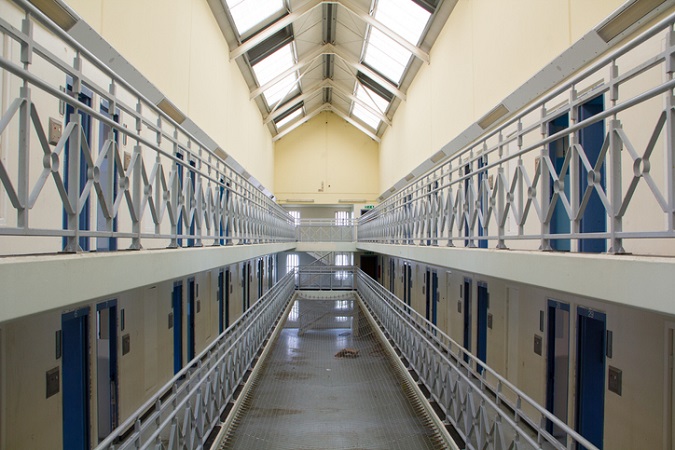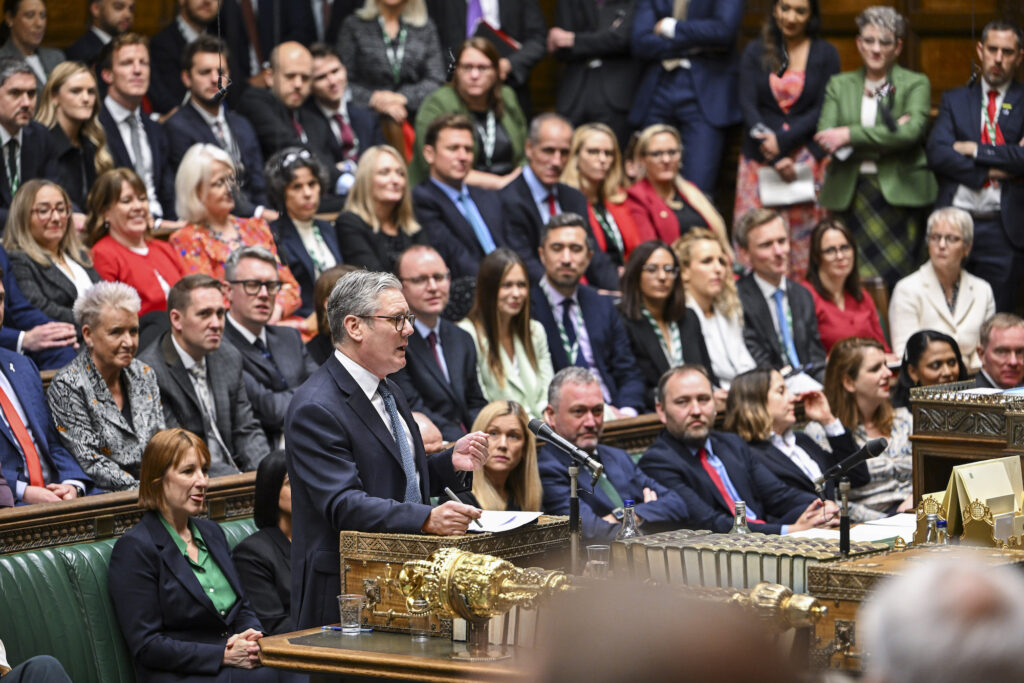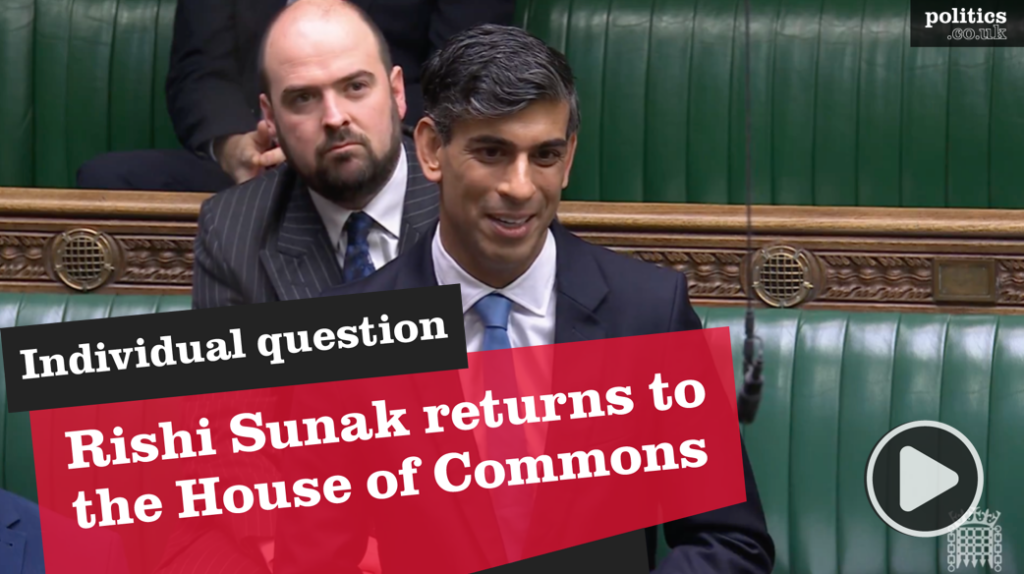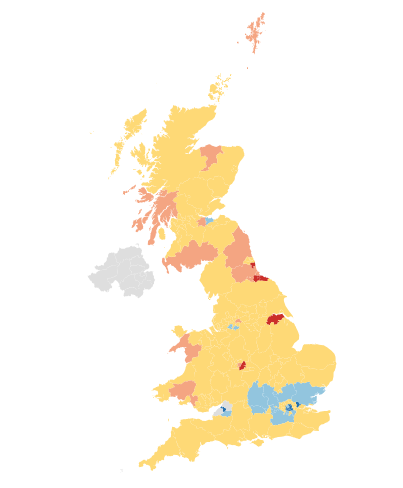What is prison overcrowding?
The British prison population increased rapidly at the turn of the Century, and the prison estate has struggled to keep up with the rising demand.
As prisons are expensive and take a long time to build, the result of a lack of capacity has been overcrowding, which is when prisons have to house more inmates than they are designed for.
Overcrowding may be attributed to a number of factors, including failure to find and use effective alternatives to prison, under-funding of prison building programmes, bureaucratic inefficiencies in moving prisoners between facilities, and loss of existing capacity due to age and deterioration.

Prison numbers dropped during the 2020/21 Covid 19 pandemic.
Trends in the prison population
1950 to 1990
The overall trend in the rate of imprisonment was fairly consistent between 1950 and 1990. Between 1951 and 1981, judges were sending more and more people to prison, culminating in major overcrowding problems in the late 1970s.


There was a short period of declining prison populations from 1981, when fines, community sentences and cautions were increasingly used as alternative punishments.
The issue of prison conditions came to public attention in 1990 with the 25 day riot at Manchester’s Strangeways Prison.
1990 to 2010 – A doubling in the prison population
Initially in the early 1990s there was a drop in the prison population, when new early release measures were introduced, following the 1991 Woolf Report into the Strangeways riots. Lord Woolf warned in the report that conditions in some prisons were “no longer tolerable” and that the prison population would double from 44,000 to 83,000 by 2008 on contemporary trends.
However after less than a year, most of these early release measures were reversed, and the prison population began once again to rise rapidly, stimulated by the then Conservative Home Secretary Michael Howard, who avowed that “prison works”.
With the prison population continuing to grow, the Labour government elected in 1997 introduced a number of measures to reduce prison overcrowding. The Narey reforms of 1999 reduced inmate numbers by reducing the numbers held on remand, and there was greater use of additional prison places in the private sector.
An emergency extension to the Home Detention Curfew scheme was ordered by the Home Office in 2003, permitting prisoners to leave early with an electronic tag attached to monitor their movements.
In February 2007 Home Secretary John Reid announced plans to build two new prisons – one at Maghull, Merseyside and a second next to Belmarsh prison, London – stating that the Home Office was “working flat out to deliver additional capacity within the system.”
In June of that year the Government commissioned Lord Carter to carry out a review of prisons. Lord Carter recommended that there should be a “significant” expansion of the current prison building programme to provide 6500 additional new places by 2012. He also recommended that “larger state of the art prisons” – so-called Titan prisons – be developed to provide approximately 2,500 new places each. This, he said, would “allow for a programme of closures of old, inefficient, and ineffective prisons offering better value for money and much improved chances of reducing re-offending and crime.”
Lord Carter’s proposals were supported by the government and it was announced subsequently that three new Titan prisons would be built to provide 7,500 places.
However, following widespread opposition to the plans, former Justice Secretary, Jack Straw, confirmed in April 2009 that Titans would not be built after all; in their place would be five new prisons providing up to 1,500 places each.
2010 – 2019 : Stability in prison numbers
The Coalition government elected in May 2010 said that it would continue to expand the prison estate with new prison places coming on stream. However, it was announced in January 2011 that Lancaster Castle and Ashwell prisons would be closed and Morton Hall prison would become an immigration removal centre.
With the prison population remaining constant, there was, therefore, scope to reduce overall capacity whilst maintaining sufficient prison places. The then Lord Chancellor and Justice Secretary Ken Clarke stated. “The decision to close any prison is a difficult one but one that we have had to take. Closing outdated and expensive prisons is an important step in our strategy to provide a secure and modern, fit for purpose prison estate, while improving efficiency and value for the taxpayer.”
Government plans to increase prison capacity have thus proceeded more slowly than originally intended. Berwyn prison, which opened in 2017, is the only brand-new prison that has been initiated and built since 2010.
In March 2019, the prison capacity in the United Kingdom was said to be 86,473.
At the start of 2020, the prison population had remained relatively constant at between 80,000 and 85,000 during the last decade.
Between 2012 and 2020 the prison population dropped from 153 per 100,000 of population to 133 per 100,000 of population.
Against this background of falling prison numbers, even before the pandemic, the issues with prison overcrowding have reduced slightly. According to the 2019 HMPPS Annual Digest, the proportion of prisoners held in overcrowded prisons had fluctuated between 23.9% and 25.5% between 2009/10 and 2017/18. However by 2018/19, the proportion had fallen to 22.5%, the lowest level since 2002.
2020s
The subsequent coronavirus pandemic in 2020-21 saw the prison population in England and Wales drop to 77,896, its lowest figure for many years. By June 2021, the prison population had risen to 78,756 in England and Wales. There were a further 7,417 people in prison in Scotland and 1,377 in pison in Northern Ireland.
In 2020, there were 167 prisoners per 100,000 of the population in England and Wales (0.17%). That was significantly below the equivalent figure in the United States which is regularly reported at 0.7%.
In February 2022, the new justice secretary, Dominic Raab revealed plans to create 4,000 prison places at 16 sites in a bid to deliver on the government’s promise to increase capacity by the middle of the decade. The government wants to create 20,000 prison places by 2025.
The UK already has more people in prison than any other country in Western Europe.
Mr Raab’s plans, which are subject to planning permission being granted, will involve building new wings and refurbishing old prison space.
The main controversy surrounding the issue of prison overcrowding is its negative impact on inmates. There are fewer opportunities for rehabilitative work in an overcrowded prison due to a lack of supervision. Inmates are confined to their cells for longer, causing greater tensions between the prisoner population and with prison staff.
In her annual report published in January 2009, the former chief inspector of prisons, Dame Anne Owers, warned that due to the record number of prisoners being held, the prison system remained under pressure and important lessons had to be learned if prisons were to be safe and effective.
She highlighted growing concerns about safety, particularly in dispersal prisons and young offender institutions, and about rates of self-harm among young women; she also warned of “unsuitable, cramped, or unhygienic accommodation” in some prisons.
“Titan” prisons – the “larger, state of the art prisons” recommended in the Carter review – proved to be extremely controversial. Proposals to build up to three American style jails each housing 2500 prisoners were announced in December 2007 and provoked an outcry.
The Criminal Justice Alliance, a coalition of leading criminal justice organisations whose members include Liberty, the Prison Officers’ Association and the Prison Reform Trust, wrote to Justice Secretary Jack Straw in August 2008 calling for the plans to be scrapped. The Howard League for Penal Reform warned that “Titan Prisons will be a Titan nightmare” for communities unlucky enough to have them on their doorstep, and the Conservatives and the Liberal Democrats both criticised the proposals.
But the then Labour Prisons Minister David Hanson rejected the criticisms, insisting that Titans would not be giant warehouses, but “clusters made up of a number of smaller units within one perimeter wall”, adding that each unit would “serve a specific function in the process of educating, training and rehabilitating prisoners”.
Nevertheless the prospect of Titan prisons has remained controversial. In her 2009 report Dame Anne Owers warned that inspections had revealed “large prisons are more likely to be unsafe and to rely on force” and she said the findings “reinforce concerns about Titan prisons”. The then Labour Government finally capitulated in the face of such strong opposition and in April 2009 announced that plans to build Titan prisons had been abandoned.
Another continuing area of controversy is the issue of prisoners with mental health problems. In her 2009 report Dame Anne urged the Government to “invest in alternatives to prison for those who do not need to be, and should not be, there”.
Her comments were welcomed by the Prison Reform Trust who in February 2009 published a report entitled “Too Little, Too Late: An Independent Review of Unmet Mental Health Need in Prison”, and warned that “thousands of mentally ill people are regularly dumped in and out of the prison system”.
The Coalition government elected in May 2010 pledged that it would “explore alternative forms of secure, treatment-based accommodation for mentally ill and drugs offenders.”
In April 2012, NICE announced that, following a topic referral from the Department of Health, people working in health, youth and criminal justice, education and social care sectors would be given NICE guidance on the effectiveness and cost effectiveness of interventions for the prevention and early treatment of mental health problems of offenders.
Alongside this, joint clinical guidelines and public health guidance would be developed for those working in health, social care and criminal justice sectors on an integrated model for addressing mental health in prisons.
According to NICE, an estimated 90 per cent of all prisoners have a diagnosable mental health problem, including personality disorders, and/or a substance misuse problem. More than 70 per cent of the prison population has two or more mental health disorders, and the suicide rate in prisons is almost 15 times higher than in the general population.
Quotes:
“Building our way out of the overcrowding problem is not the answer. The prison population can be safely reduced by curbing inflation in sentencing, calling a halt to any unnecessary use of custodial remand and investing in effective community penalties.” -Juliet Lyon, director of the Prison Reform Trust – 2012


























